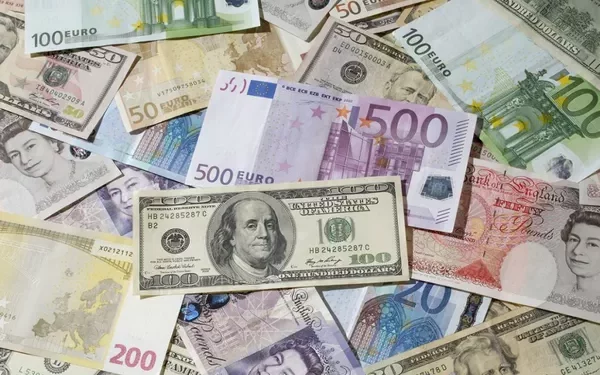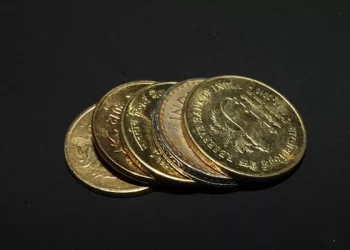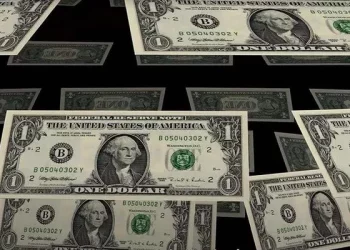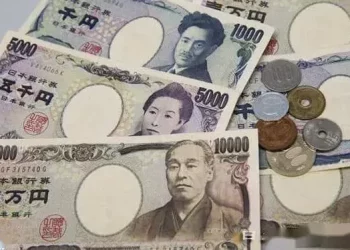In the realm of international finance, exchange rates play a pivotal role in shaping global economic landscapes. Investors, businesses, and policymakers closely monitor these rates, as they directly impact trade, investment, and economic stability. One such currency pair that often garners attention is the Danish Krone (DKK) to British Pounds (GBP). In this article, we delve into the intricacies of the exchange rate between the Danish Krone and the Pound Sterling, exploring the factors influencing their values and the broader economic implications.
1. Introduction to the Danish Krone and the Pound Sterling
Before delving into the exchange rate dynamics, it is essential to understand the two currencies in question. The Danish Krone, denoted as DKK, is the official currency of Denmark, Greenland, and the Faroe Islands. Established in 1873, the Krone has undergone several transformations but remains a vital component of the Danish economy.
On the other side of the spectrum is the Pound Sterling, represented as GBP, the official currency of the United Kingdom and its territories. Renowned for its historical significance and global influence, the Pound Sterling is one of the oldest currencies still in use today.
2. Exchange Rate Basics: Unraveling the Terminology
To comprehend the Danish Krone to Pound Sterling exchange rate, it’s crucial to grasp the fundamental concepts associated with exchange rates. An exchange rate is the value of one currency in terms of another, often expressed as a ratio. For instance, if the exchange rate is 1 DKK to 0.12 GBP, it means that one Danish Krone is equivalent to 0.12 British Pounds.
3. Current Exchange Rate Scenario
As of the latest available data, the exchange rate between the Danish Krone and the Pound Sterling stands at 0.11. This figure is dynamic, influenced by various economic factors, market sentiments, and geopolitical events.
4. Factors Influencing Exchange Rates
Several factors contribute to the fluctuation of exchange rates, and understanding these variables is crucial for predicting future movements. Economic indicators, interest rates, inflation rates, and political stability all play integral roles in shaping the value of currencies.
4.1 Economic Indicators
Economic indicators, such as GDP growth, employment rates, and manufacturing output, profoundly impact exchange rates. Strong economic performance often leads to a stronger currency, while economic downturns can weaken it.
4.2 Interest Rates
Central banks play a pivotal role in influencing exchange rates through their control over interest rates. Higher interest rates attract foreign capital, increasing demand for the currency and subsequently strengthening it.
4.3 Inflation Rates
Inflation erodes the purchasing power of a currency. Countries with lower inflation rates tend to see their currencies appreciate relative to those with higher inflation, as the purchasing power remains more stable.
4.4 Political Stability
Political stability is a cornerstone for a robust currency. Countries with stable political environments are more likely to attract foreign investment, contributing to the strength of their currency.
5. Historical Perspective: A Journey Through Exchange Rate Movements
Examining the historical trends of the Danish Krone to Pound Sterling exchange rate provides valuable insights into the factors influencing their values over time. Historical data charts the course of economic events, crises, and policy decisions that have shaped the exchange rate landscape.
6. Impact on Trade and Investment
The exchange rate between the Danish Krone and the Pound Sterling has far-reaching implications for trade and investment between Denmark and the United Kingdom. A favorable exchange rate can enhance export competitiveness for Danish goods in the UK market, while a weaker Krone may attract British investors to Danish assets.
See Also:Current GBP Exchange Rate: What is 10,000 Pounds in Australian Dollars?
7. Brexit and its Influence on the Exchange Rate
The monumental event of Brexit has introduced a new layer of complexity to the Danish Krone to Pound Sterling exchange rate. The negotiations, outcomes, and subsequent trade agreements have all left their mark on the currencies involved. Analyzing the post-Brexit exchange rate dynamics provides valuable insights into the economic repercussions of such significant geopolitical events.
8. Forecasting the Exchange Rate: Challenges and Opportunities
Predicting future exchange rate movements is an intricate task, laden with challenges. Nevertheless, analysts and financial institutions employ various models and methodologies to forecast potential scenarios. Examining these forecasts can assist businesses, investors, and policymakers in making informed decisions.
9. Mitigating Exchange Rate Risks: Strategies for Businesses
Businesses engaged in international trade face inherent exchange rate risks. This section explores strategies such as hedging, forward contracts, and natural hedging that companies can employ to mitigate the impact of currency fluctuations on their bottom line.
10. Conclusion: Navigating the Dynamic Exchange Rate Landscape
In conclusion, the exchange rate between the Danish Krone and the Pound Sterling is a multifaceted aspect of the global economic framework. Its fluctuations are influenced by a myriad of factors, and understanding these dynamics is imperative for making informed financial decisions. Whether you are an investor, a business owner, or a policymaker, staying abreast of the exchange rate movements is essential in navigating the intricate world of international finance.
As we continue to witness economic shifts, geopolitical events, and policy changes, the Danish Krone to Pound Sterling exchange rate will remain a focal point for financial analysts and decision-makers alike. By grasping the nuances of this relationship, one can better position themselves to adapt to the ever-changing global economic landscape.
Related Topics:
Current GBP Exchange Rate: What Is Pound to CHF Rate?
Current GBP Exchange Rate: What Is 200 GBP to Indian Rupee
Current GBP Exchange Rate: What Is 45 Pounds in US Dollars

























